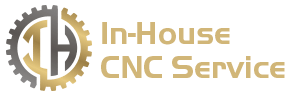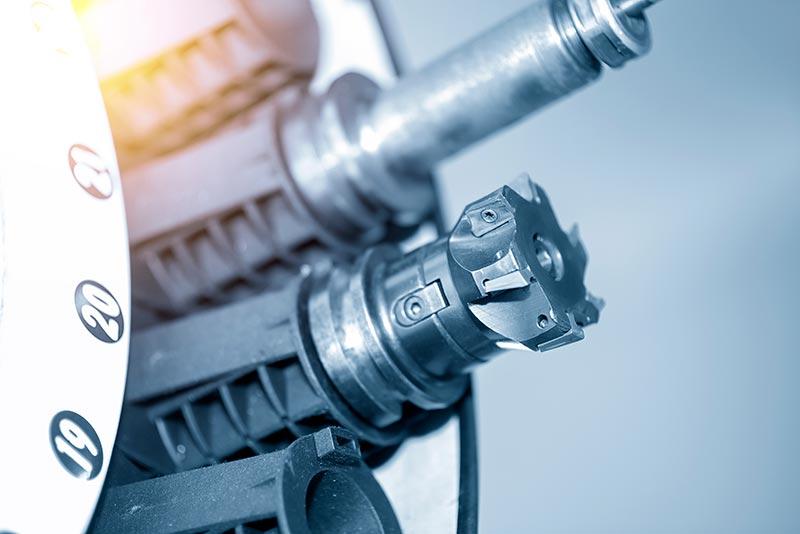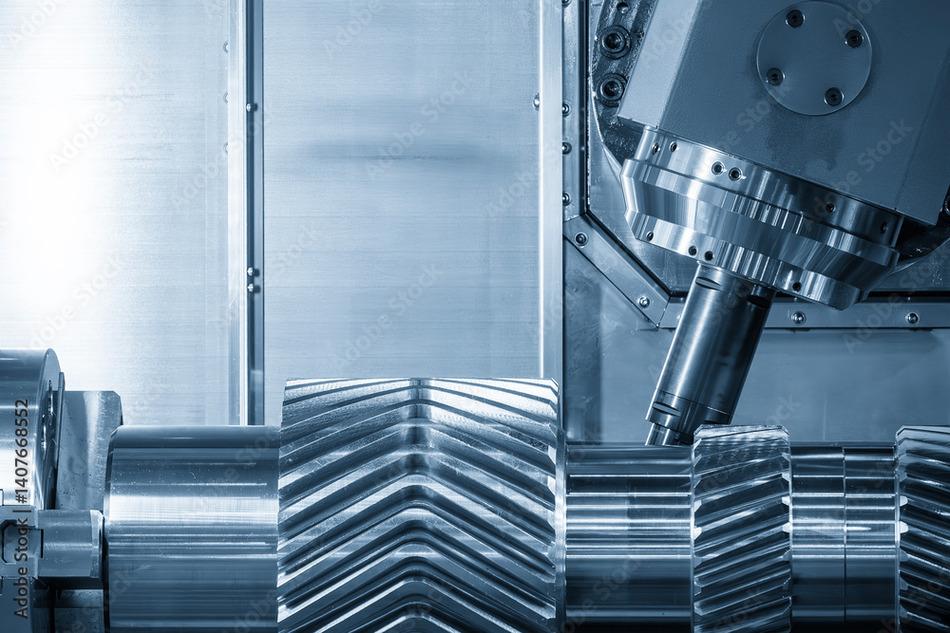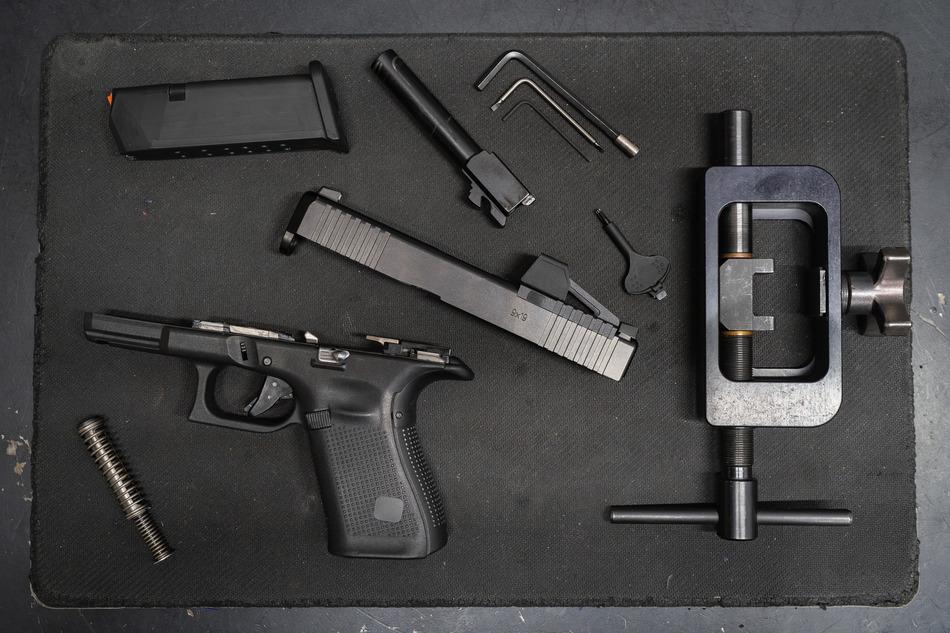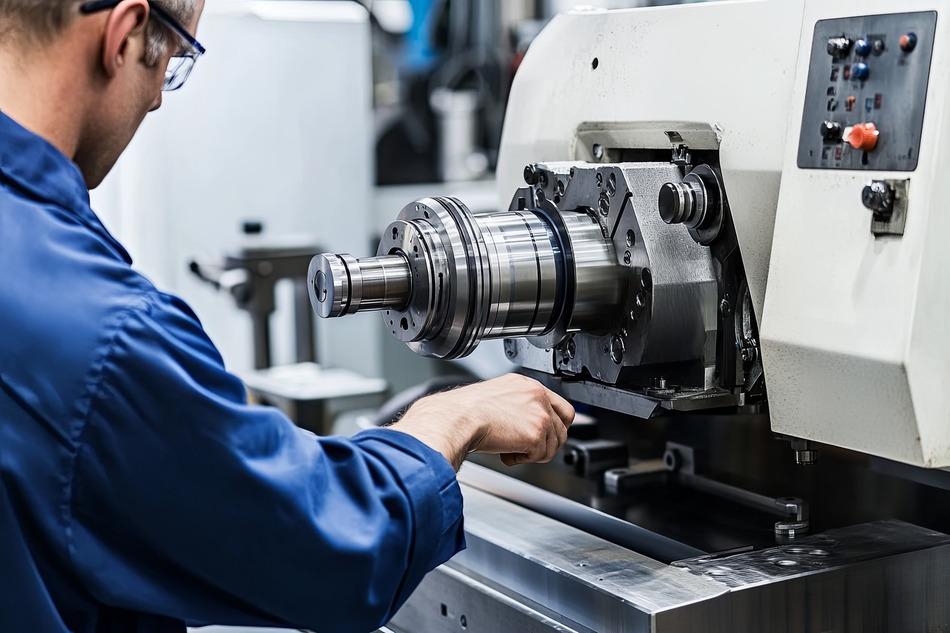Mastering CNC Programming: Unveiling Tips for Optimal Tool Paths and Efficiency by In-House CNC
In the realm of CNC machining, programming is the backbone that drives efficiency and precision. At In-House CNC, we recognize the pivotal role of effective programming in achieving exceptional results. In this enlightening blog post, we delve into the world of CNC programming, offering valuable tips to optimize tool paths, minimize cycle times, and enhance overall machining efficiency. Join us on this journey to unlock the secrets of efficient CNC programming.
Understand Your Project
Before diving into programming, grasp the nuances of your project. Analyze part geometry, material properties, and machining requirements to tailor your programming approach accordingly.
Select the Right Tooling:Tool selection is paramount. Choose tools that match your project’s needs, considering factors like material, cutting speed, and feed rate. Proper tool selection minimizes tool wear and maximizes efficiency.
Optimize Tool Paths: Efficient tool paths are the heart of CNC programming. Employ strategies like high-speed machining and trochoidal milling to reduce tool engagement, prevent chatter, and maintain consistent chip evacuation.
Leverage Adaptive Toolpaths:Adaptive toolpaths adjust feeds and speeds based on real-time conditions. Embrace this technology to prolong tool life, enhance surface finish, and reduce cycle times.
Implement Multi-Axis Machining: When applicable, utilize multi-axis machining for complex geometries. Multi-axis capabilities enable tool access from various angles, reducing the need for multiple setups and minimizing cycle times.
Reduce Air Cutting Movements: Minimize unnecessary air cutting movements between cuts. Efficient programming ensures that the tool travels efficiently to the next cutting location, reducing non-productive travel time.
Consider Tool Changes Wisely: Strategically plan tool changes to minimize downtime. Group similar operations together to optimize tool change intervals and maintain uninterrupted machining.
Fine-Tune Feed Rates: Balanced feed rates are crucial. Adjust feed rates to maintain consistent chip loads, preventing tool breakage, and promoting efficient chip evacuation.
Test and Simulate: Before executing the program, simulate it to identify potential collisions and errors. Testing minimizes the risk of tool crashes, ensuring safe and successful machining.
Continuous Improvement Mindset: CNC programming is an ongoing process. Regularly evaluate and refine your programs based on post-machining analysis. Continuous improvement leads to higher efficiency and precision.
Collaboration with Machinists: Effective communication with machinists is key. Collaborate to understand real-world conditions, optimize tool paths, and fine-tune programs for the best results.
Document and Archive: Maintain a comprehensive record of successful programs and strategies. Documentation ensures consistent results across similar projects and accelerates future programming efforts.
Medical Advancements Attained
In the realm of medicine, precision is not just desirable; it’s an absolute necessity.
In-House CNC Expertise:At In-House CNC, we excel in CNC programming. Our experts are skilled in crafting efficient tool paths, optimizing cycle times, and elevating machining efficiency to new heights.
In conclusion, CNC programming is a strategic blend of technology and expertise that drives machining efficiency. From optimizing tool paths to minimizing cycle times, each tip contributes to enhanced productivity and precision. At In-House CNC, we’re dedicated to sharing these insights and being your partner in achieving CNC programming excellence.
Ready to optimize your CNC programming strategies? Connect with us at (951) 540-4820 or sales@in-housecnc.com to explore how In-House CNC can empower your projects with efficient CNC programming. Elevate your CNC programming with In-House CNC.
